Basic Information
Observation Details
Observation Date:
January 19, 2020Submitted:
January 20, 2020Observer:
SAC - VandenBosZone or Region:
Galena Summit and Eastern MtnsLocation:
Baker Creek - Summer TH to Baker/Big Smoky divideSigns of Unstable Snow
Recent Avalanches?
YesCracking?
None ExperiencedCollapsing?
None ExperiencedSnow Stability
Stability Rating:
FairConfidence in Rating:
ModerateStability Trend:
SteadyBottom Line
Buried persistent weak layers continue to heavily affect terrain selection.
Advanced Information
Weather Summary
Cloud Cover:
ClearTemperature:
mid to upper 20s F (est)Wind:
Light , WLight westerly winds at ridgetop, otherwise calm and clear all day. WSW-SSE took a crust on slopes steeper than low 30s
Avalanche Observations
| # | Date | Location | Size | Type | Bed Sfc | Depth | Trigger | Comments | Photo |
|---|---|---|---|---|---|---|---|---|---|
| 2 |
SW 8,500-8,800' |
D1.5 | SS | 30-40cm (?) | N-Natural | Observed two crowns above the Norton drainage that appeared very fresh. On one, roller balls led up to the crown but were not present on bed surface, indicating that avalanche likely post-dated or was triggered by solar influence. |
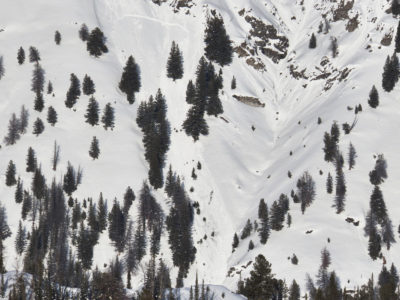
|
||
| 1 |
Upper Main Fork of Big Smoky 9,000' |
D2.5 | O-Old Snow | 100cm | N-Natural | ~800-1,000' wide set of crowns, heavily wind-loaded terrain, likely failing on persistent weak layer near ground. |
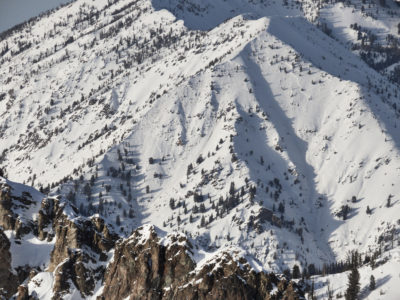
|
||
| 1 |
Upper Prairie Creek S 9,800' |
D2.5 | O-Old Snow | N-Natural |
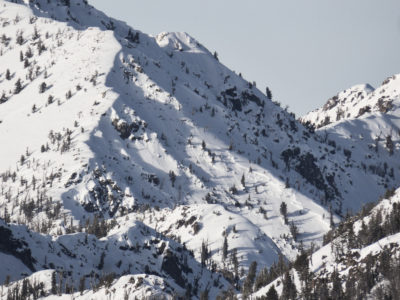
|
||||
| 1 |
Easley, S-SW S 10,500' |
D2.5 | O-Old Snow | N-Natural | Unreported as of yet, crown looks far from fresh, but based on amount of snowfall and intensity of wind in the Boulders I suspect that this likely happened during the recent multi-day storm. |
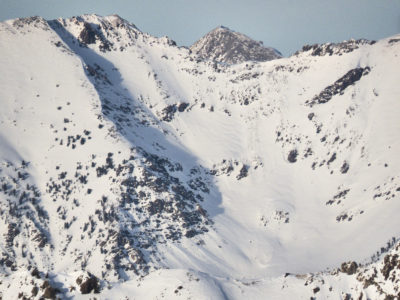
|
Enough middle and upper elevation activity to point to a persistent problem on solars.
Snowpack Observations
Several strong wind events have made for a variable snowpack in middle and upper elevations in this drainage. Difficult to point at a layer and guess its date with confidence, particularly on solars. Small-grained (2-3mm) facets and subtle crusts+facet combos on solars seem to be the layers of most concern. Attempted to find a moderately represntative snowpit site to get a better handle for problem layer in 01/15/20 accident, but found that snowpack variability made this difficult.
Apparently fresh slabs in Norton seemed to indicate that settling/changing slab properties as a result of solar input could have at least temporarily decreased stability.
Avalanche Problems
| Problem | Location | Distribution | Sensitivity | Size | Comments |
|---|---|---|---|---|---|
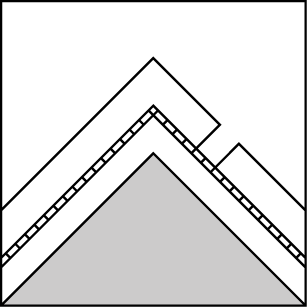 Persistent Slab
Persistent Slab
|
|
